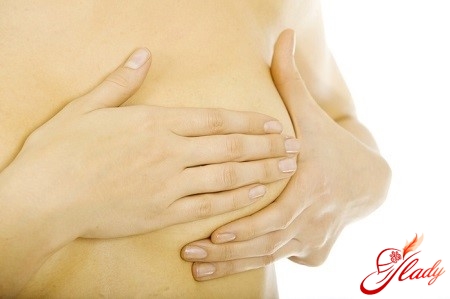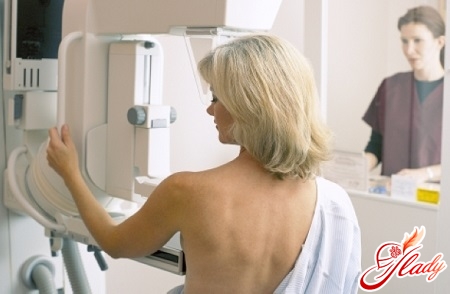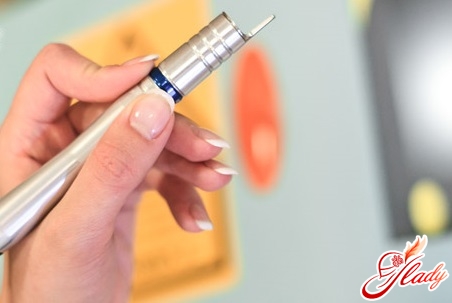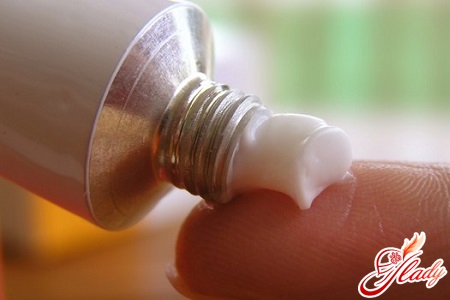
The female breast is an organ that directly depends on hormones, as a result of which it reacts to all changes occurring in the body.

Breast
As in the painful, and in a completely healthycondition, the breast can secrete fluid from the nipples - this is its main function. However, if you are not a nursing mother, then discharge from the breast can be an alarming symptom of many diseases. The liquid that is released from the mammary glands can be of different consistency (thick, liquid) and different colors (white, yellow, transparent, green, brown, bloody, black). At any allocation it is necessary urgently to address to mammologu for an establishment of the exact diagnosis. A mammologist needs a detailed examination and examination of the mammary glands. You may need a blood test, ultrasound, mammography, and doktografiya. After examining the necessary series of tests, the doctor will be able to make an accurate diagnosis. Allocations can be a norm, that is, they must be exclusively physiological in nature. They pass independently with the passage of time, without any treatment. However, it should be remembered that discharge from the breast can be the main visible symptom of severe diseases of the female breast, requiring immediate treatment. 
Possible causes of separation from the breast
Pathological causes
- Injury. Any strong impact of the breast can lead to secretions from both, and from both mammary glands. By color, these discharge may be clear, yellow or bloody.
- Expansion of the milk ducts (ectasia). This disease is the most common cause of discharge from the nipples. In ducts there is an inflammation, and they are hammered. At the same time there are thick, gluey discharge of greenish or black color. This disease usually occurs at the age of 40-50 years. The treatment of this ailment can include compresses, anti-inflammatory pills and antibiotics, however, in severe forms, surgical intervention may be required to remove the inflamed ducts.
- Galactorrhea. It is a disease in which milk or colostrum begins to appear from the nipples, usually white or transparent. This ailment is associated with hormonal failures in the body, an increase in the level of prolactin (the hormone responsible for milk production in women after giving birth)
- Abscess. This disease is characterized by pus accumulation in the chest. It is more common in nursing mothers with cracks in the nipples that allow bacteria to enter the chest and develop an infection. The syphilis begins to be allocated (a purulent bloody fluid). Mammary glands hurt, increase, blush. For treatment use antibiotics and surgical intervention, in order to open the purulent focus.
Causes - nodular formations in the mammary gland
- Fibrous-cystic mastopathy. The main factor in the onset of this disease is hormonal imbalance. The discharge in mastopathy can be transparent, yellow or green. Other symptoms include chest pain and the appearance of nodal formations in the mammary gland. Treat mastopathy usually with hormonal means.
- Intra-flow papilloma. A benign tumor that forms in the milk duct is close to the nipple. This disease usually occurs in women 30-50 years of age. The causes of papilloma are unknown. The discharge from the chest is usually bloody, having a thick consistency. They can be both independent and manifest only when the nipple is stimulated. In order to make a diagnosis, it is necessary to carry out ultrasound, doktografiyu and obtain an analysis of the liquid isolated from the nipples. Usually surgical treatment with histological examination of the removed material is used (to exclude the malignancy of this tumor).
- Mammary cancer. Malignant tumor. This disease, of course, can be asymptomatic. But the sign of cancer is sudden bloody discharge from one breast, breast enlargement in size and detection of formations. In this case, you urgently need to contact a mammologist to establish an accurate diagnosis. With this disease, surgical intervention is mandatory.
- Paget's disease. This is a special type of cancer, which is extremely rare. This type of cancer affects the nipple itself. Its signs are a change in the appearance of the nipple, burning, itching, darkening or reddening of the halo itself, spotting. To treat this disease, mastectomy (breast removal) or lumpectomy (partial removal of the breast within the tumor itself) is usually used.









